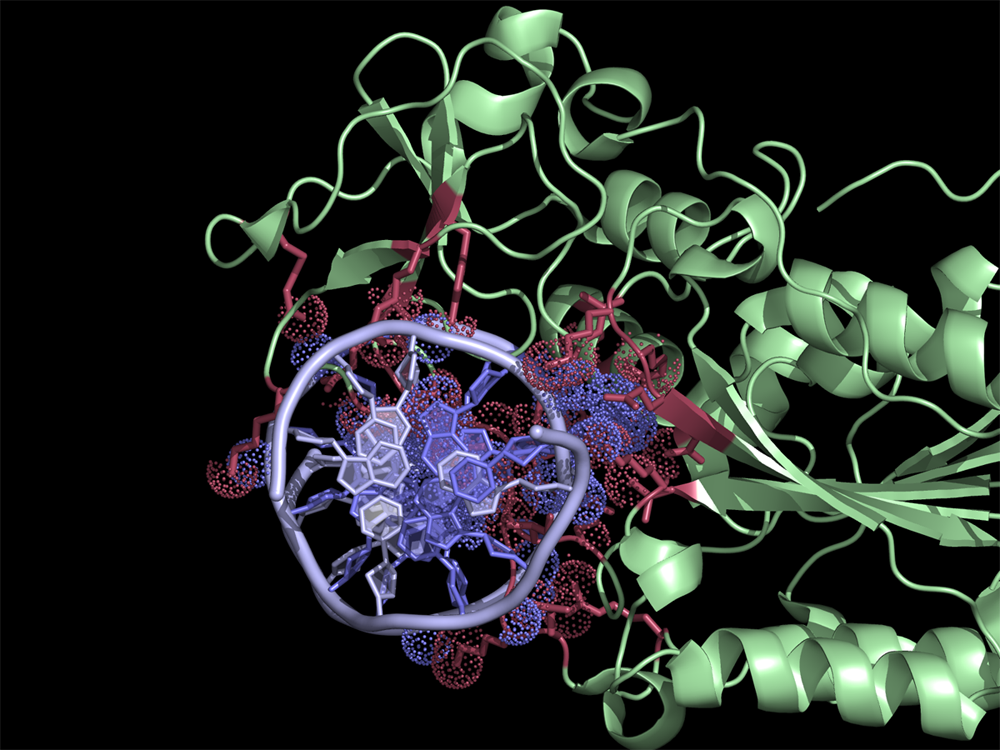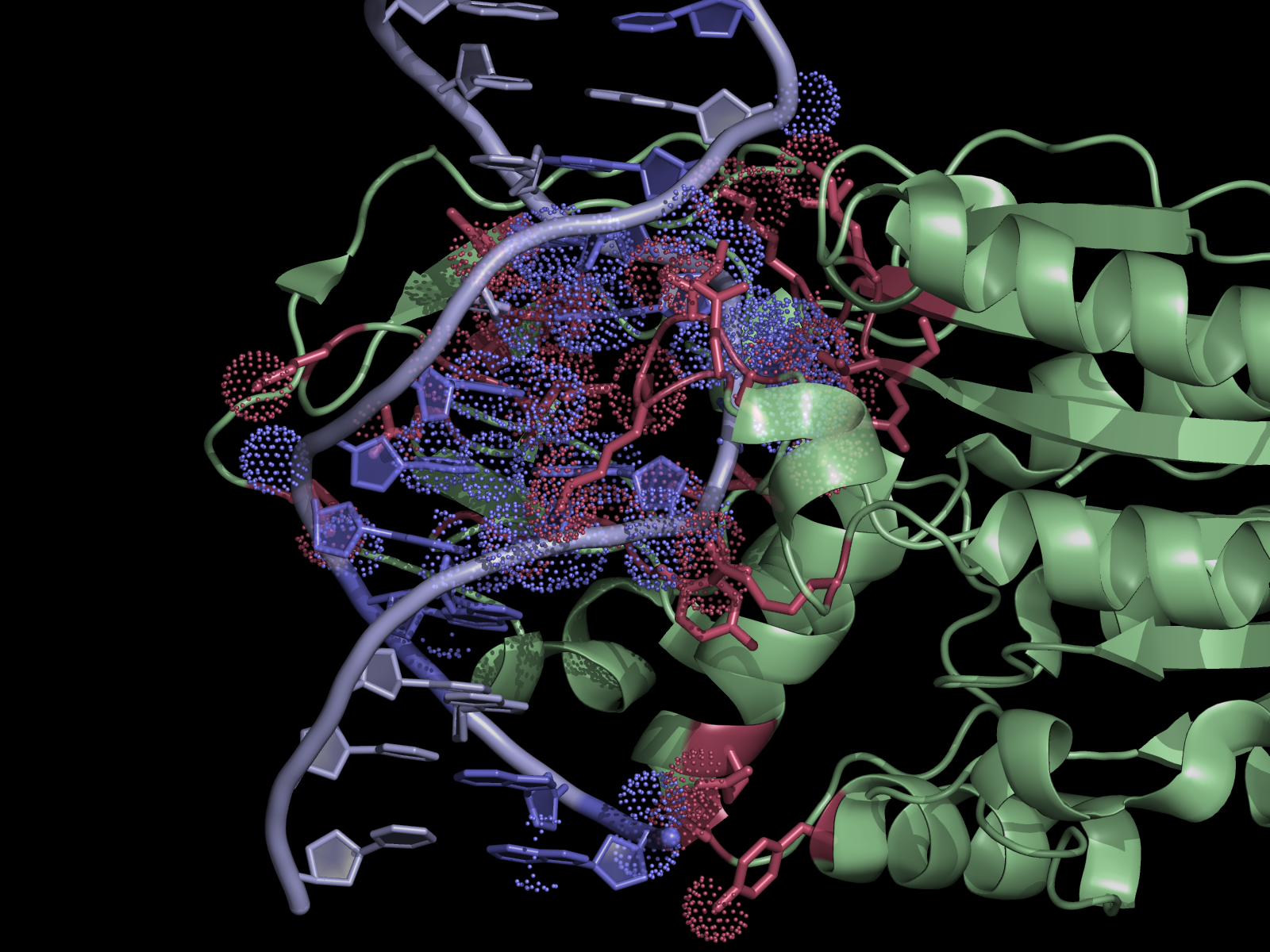Ccp4 ncont: Difference between revisions
m (moved SelectNCONTContacts to Ccp4 ncont: small letters) |
PedroLacerda (talk | contribs) No edit summary |
||
| (3 intermediate revisions by 2 users not shown) | |||
| Line 1: | Line 1: | ||
{{Infobox script-repo | {{Infobox script-repo | ||
|type = script | |type = script | ||
|filename = ccp4_ncont.py | |filename = scripts/ccp4_ncont.py | ||
|author = [[ | |author = [[User:Dalyte|Gerhard Reitmayr and Dalia Daujotyte]] | ||
|license = GPL | |license = GPL | ||
}} | }} | ||
| Line 69: | Line 69: | ||
[[Category:Script_Library]] [[Category:ThirdParty Scripts]] [[Category:Structural Biology Scripts]] | [[Category:Script_Library]] | ||
[[Category:ThirdParty Scripts]] | |||
[[Category:Structural Biology Scripts]] | |||
[[Category:Pymol-script-repo]] | |||
Latest revision as of 20:35, 22 June 2025
| Type | Python Script |
|---|---|
| Download | scripts/ccp4_ncont.py |
| Author(s) | Gerhard Reitmayr and Dalia Daujotyte |
| License | GPL |
| This code has been put under version control in the project Pymol-script-repo | |
Overview
The script selects residues and atoms from the list of the contacts found by NCONT from CCP4 Program Suite (NCONT analyses contacts between subsets of atoms in a PDB file). First, we run NCONT on our pdb file to find interface residues. Then by using the ccp4_ncont script in PyMOL we separately select residues and atoms listed in a ncont.log file. This generates two selections (atoms and residues) for each interacting chain, allowing quick manipulation of (sometimes) extensive lists in NCONT log file.
This script works best for intermolecular contacts (when NCONT target and source selections don't overlap). If crystal contacts (NCONT parameter cell = 1 or 2) are included then additional coding is required to distinguish inter from intramolecular contacts.
Usage
ccp4_ncont( contactsfile, selName1 = "source", selName2 = "target" )
Examples
First use NCONT to find interface residues/atoms in the pdb file. Once you have ncont.log file proceed to PyMOL. Make sure you import the ccp4_ncont script first.
fetch 2c7r ccp4_ncont 2c7r.ncont, selName1=prot, selName2=dna
| Download: examples/ccp4_ncont_1.pml | |
| This code has been put under version control in the project Pymol-script-repo | |
<include src="https://raw.github.com/Pymol-Scripts/Pymol-script-repo/master/examples/ccp4_ncont_1.pml" highlight="python" />
Getting a NCONT file
Install CCP4 - for Linux
Goto: http://www.ccp4.ac.uk/download.php
Click: automated Downloads Pages
Select: Linux, generic linux (x86)
Select: Customized installation
Select: Only CCP4 Program Suite, Executables -> Continue
No additional packages -> Continue
Download
Extract for example to: /home/YOU/Software/CCP4
Then run:
$ /home/YOU/Software/CCP4/install.sh
write yes, read agreement, push y to agree license
For sourcing scripts, say yes.
See the changes to your environmental virables:
$ less ~/.bashrc
Use of NCONT - for Linux
See here for the NCONT program and options:
http://www.ccp4.ac.uk/html/ncont.html
http://www.ccp4.ac.uk/html/pdbcur.html#atom_selection
Locate the pdb, and now run in terminal:
$ ncont XYZIN 2c7r.pdb >> 2c7r.ncont << eof (#press enter)
> source A (#press enter)
> target C,D (#press enter)
> eof (#press enter, and now the program runs, and shell saves to 2c7r.ncont)

